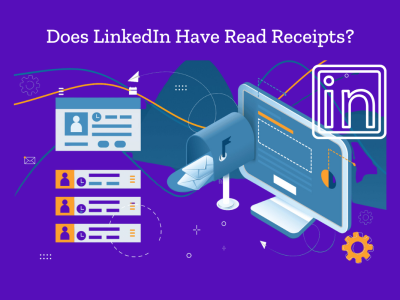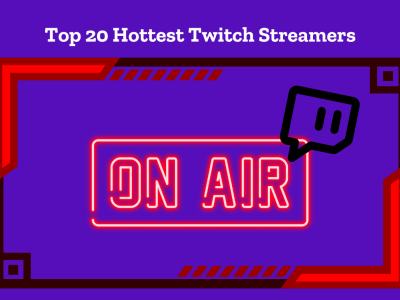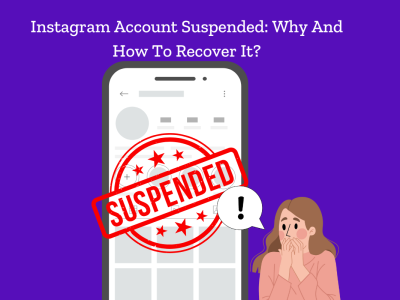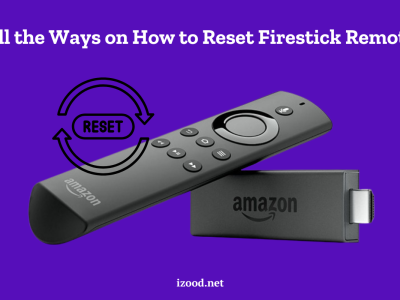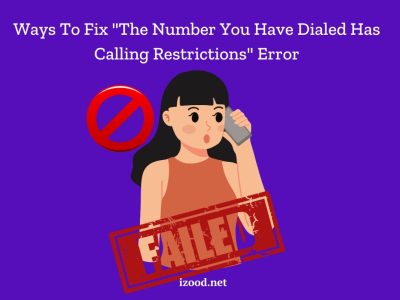
When it comes to running a successful ecommerce business, effective e commerce advertising is key. With so many advertising platforms available, it can be overwhelming to determine which one is best for your specific business needs. From social media advertising to search engine marketing, the options are endless such as Google Shopping ads. This ultimate guide will provide you with all the information you need to make an informed decision and choose the best e-commerce advertising platforms for your business.
We will delve into the pros and cons of each platform, discuss targeting options, budget considerations, and provide tips on optimizing your campaigns for maximum results. Whether you are just starting out or looking to improve your current advertising strategy, this guide is your go-to resource for finding the perfect advertising platforms to skyrocket your ecommerce business.

Understanding the different ecommerce advertising platforms
When it comes to ecommerce advertising, choosing the right platform is crucial for maximizing your reach and driving sales. There are several different e-commerce advertising platforms available, each with its own unique features and benefits. Understanding the different platforms will help you make an informed decision and select the one that aligns best with your business goals.
One of the most popular ecommerce advertising platforms is Google Ads. With Google Ads, you can create targeted campaigns that reach potential customers when they are actively searching for products or services related to your business. It offers various ad formats, including text ads, display ads, and shopping ads, allowing you to showcase your products in a visually appealing way.
Another popular platform is Facebook Ads. With its extensive user base and powerful targeting options, Facebook allows you to reach a wide audience and engage with potential customers. You can create visually stunning ads, leverage user data for precise targeting, and even retarget website visitors, making it an effective platform for driving conversions.
Additionally, platforms like Instagram and Pinterest are gaining traction in the e-commerce advertising space. Instagram, with its highly visual nature, is ideal for businesses that want to showcase their products through captivating imagery. Pinterest, on the other hand, is a platform where users actively search and save ideas, making it a valuable platform for businesses in niches like fashion, home decor, or DIY.
It’s important to consider your target audience, marketing objectives, and budget when evaluating different ecommerce advertising platforms. Some platforms may work better for specific industries or demographics, while others may provide a more cost-effective solution. By understanding the strengths and capabilities of each platform, you can make an informed decision that aligns with your business needs and helps you achieve your advertising goals.
Pros and Cons of popular social media advertising platforms
Talking about advertising your ecommerce business, social media platforms can be incredibly powerful tools. They allow you to reach a wide audience and target specific demographics with precision. However, with so many options available, it can be challenging to decide which platform is the best fit for your business. To help you make an informed decision, let’s explore the pros and cons of some popular social media advertising platforms:

Facebook Ads pros
With over 2.8 billion monthly active users, Facebook offers a massive audience for your ads. Its targeting options are highly customizable, allowing you to reach specific demographics and interests. The platform also provides detailed analytics to help you track the performance of your campaigns.
Facebook Ads cons
As Facebook’s popularity as an e commerce advertising platform has grown, the competition has increased significantly. This can drive up ad costs, making it more challenging for smaller businesses with limited budgets to compete effectively. Additionally, the platform has faced privacy concerns in recent years, which may impact user trust and ad effectiveness.
Instagram Ads pros
Instagram boasts over 1 billion monthly active users, predominantly in the younger demographic. It is a visually-driven platform, making it ideal for showcasing products. Instagram’s integration with Facebook’s advertising platform allows for seamless campaign management, and its robust targeting options make it easy to reach your ideal audience.
Instagram Ads cons
While Instagram offers a highly engaged user base, it may not be suitable for all industries. Businesses that rely heavily on text-based content or target older demographics may not see the same level of success on this platform. Additionally, the saturation of influencer-sponsored content on Instagram may make it more challenging to stand out.
Twitter Ads pros
Twitter’s real-time nature makes it a valuable platform for businesses looking to engage with customers at the moment. Its targeting options allow for precise audience segmentation, and the platform offers various ad formats, including promoted tweets and trends. Twitter’s analytics can provide valuable insights into audience sentiment and engagement.
Twitter Ads cons
While Twitter has a large user base, it may not offer the same level of reach as Facebook or Instagram. The platform’s fast-paced nature also means that tweets can quickly get buried in users’ feeds, reducing visibility. Additionally, Twitter’s character limit can be a constraint for businesses looking to convey detailed information about their products or services.
Exploring search engine marketing options for ecommerce businesses
There are several options to consider when exploring SEM for your e-commerce business. One of the most popular and widely-used SEM platforms is Google Ads. With Google Ads, you can create text-based ads that appear on Google search results pages when users search for relevant keywords related to your products or services.
This allows you to reach a large audience of potential customers who are actively searching for what you offer. Another option to consider is Bing Ads. While Bing may not have the same search volume as Google, it still has a significant user base and can provide a cost-effective advertising solution for your e-commerce business. Bing Ads works similarly to Google Ads, allowing you to create text-based ads that appear on Bing search results pages. If you’re looking for a more visual advertising option, consider utilizing platforms like Facebook Ads or Instagram Ads.
These platforms allow you to create visually appealing ads that can be targeted to specific demographics and interests. With Facebook and Instagram’s vast user base, you can reach a wide audience and potentially drive more traffic and sales to your ecommerce website. Additionally, don’t overlook the power of remarketing. Platforms like Google Ads and Facebook Ads offer remarketing options, which allow you to target ads to users who have previously visited your website.
This can be a highly effective way to re-engage with potential customers and remind them of your products or services. In conclusion, when exploring SEM options for your ecommerce business, consider utilizing platforms like Google Ads, Bing Ads, Facebook Ads, and Instagram Ads.
Each platform offers unique features and benefits that can help you effectively advertise your products or services and drive more traffic and sales to your e-commerce website. By considering your target audience, budget, and advertising goals, you can choose the best SEM platforms that align with your business needs.
Targeting Options and budget considerations for ecommerce advertising
When it comes to choosing the best e-commerce advertising platforms for your business, one crucial factor to consider is the targeting options available. Different platforms offer various targeting capabilities, allowing you to reach your desired audience effectively. Look for platforms that offer demographic targeting, such as age, gender, location, and interests.
This will enable you to focus your advertising efforts on the specific group of people who are most likely to be interested in your products or services. In addition to demographic targeting, it’s important to consider platforms that provide behavioral targeting options. These options allow you to target users based on their online behaviors, such as their browsing history, purchase intent, or previous interactions with your brand. By leveraging behavioral targeting, you can ensure that your ads are shown to individuals who have a higher likelihood of converting into customers.
Another crucial aspect to consider is the budget for your e-commerce advertising campaigns. Different platforms have varying pricing models, such as cost-per-click (CPC), cost-per-impression (CPM), or cost-per-acquisition (CPA). It’s important to evaluate your advertising budget and choose platforms that align with your financial goals. Some platforms may be more cost-effective for smaller budgets, while others may offer more advanced features for larger budgets.
Furthermore, keep in mind that some platforms offer more flexibility in terms of budget control, allowing you to adjust your spending based on performance and optimize your campaigns accordingly. This can be particularly beneficial for ecommerce businesses as it enables you to allocate your advertising budget effectively and maximize your return on investment.
By considering the targeting options and budget considerations of different e commerce ads’ platforms, you can choose the ones that best align with your business goals and reach your target audience in a cost-effective manner.
In conclusion
In conclusion, the ideas discussed in this article present promising opportunities for businesses in specific industries. While special expertise is not necessary to start these ventures, knowledge, and experience in the relevant industry can be advantageous. To make the most of limited capital, utilizing affordable technologies, collaborating with others, and thoroughly analyzing the target market are recommended strategies. Attracting customers at the beginning can be achieved through online advertising, social media engagement, and special offers and discounts.
e-commerce advertising efforts are crucial for success in these businesses, and online channels such as social media should be leveraged to attract customers. Overcoming challenges can be facilitated by conducting research, studying the experiences of others, and collaborating with specialized individuals. These ideas have the potential for expansion and scalability, but it is essential to identify the target market well and adopt appropriate strategies for success.


